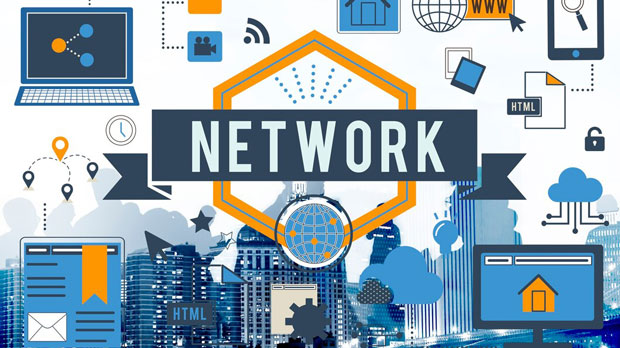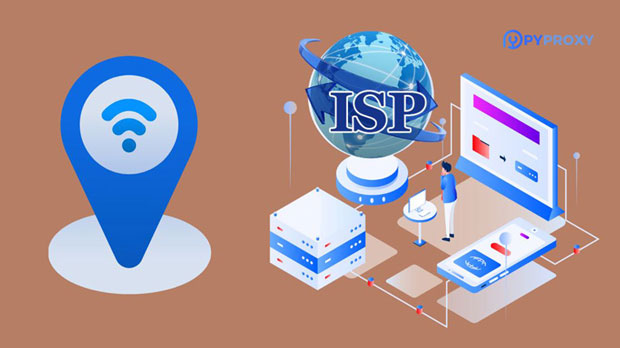What is the difference between a free SOCKS5 proxy and a paid SOCKS5 proxy?
socks5 proxy services offer users a way to browse the internet while masking their real IP address. The two most common types of socks5 proxies are free and paid services. While both serve the same basic purpose of providing anonymity, they differ significantly in terms of performance, security, reliability, and support. In this article, we will delve deeper into these differences, helping you understand which type of SOCKS5 proxy might be the best choice for your needs. 1. Performance and SpeedOne of the most noticeable differences between free and paid SOCKS5 proxies is the performance and speed. Paid proxies are typically much faster and more stable than their free counterparts. This is due to several factors:- Bandwidth Allocation: Free SOCKS5 proxies often come with limited bandwidth and may be shared among many users, which can cause network congestion and slow speeds. In contrast, paid proxies provide a more dedicated bandwidth allocation, ensuring faster speeds and better performance.- Server Load: Free proxies are often overloaded with users, which can lead to high latency and slower connections. Paid SOCKS5 proxies, however, tend to have lower user-to-server ratios, reducing the load and offering better speed consistency. As a result, if you're looking to perform bandwidth-heavy tasks like streaming or downloading large files, paid SOCKS5 proxies are far more reliable.2. Security and PrivacySecurity is one of the most critical factors when choosing a SOCKS5 proxy, especially when considering online activities that require a high level of privacy, such as browsing sensitive information or using online banking.- Encryption: Many free SOCKS5 proxies do not provide strong encryption, which leaves your data vulnerable to eavesdropping and hacking. Paid SOCKS5 proxies, on the other hand, often come with strong encryption protocols to secure your connection, making it harder for anyone to intercept your traffic.- No Logs Policy: Paid proxies are generally more trustworthy when it comes to respecting your privacy. Many paid providers operate with a strict no-logs policy, ensuring that none of your browsing data is stored or shared. Free proxies, however, may track your activity and even sell your data to third parties for advertising purposes.For users who prioritize security and confidentiality, paid SOCKS5 proxies are the better choice.3. Reliability and UptimeAnother significant difference lies in the reliability and uptime of the SOCKS5 proxy service. Free proxies tend to have more downtime and are less reliable, mainly due to the following reasons:- Server Maintenance: Free proxy providers often lack the resources to perform regular maintenance on their servers, which can lead to frequent outages and inconsistent service. Paid proxies, on the other hand, invest in professional maintenance teams to ensure high uptime and minimal disruptions.- No Guarantees: With free proxies, there are no uptime guarantees, and users often experience sudden disconnects or failed connections. Paid proxies typically come with service-level agreements (SLAs) that guarantee a certain level of uptime and reliability.For anyone who needs constant access to the internet, especially for work or business-related tasks, a paid SOCKS5 proxy is a far more reliable choice.4. Customer SupportCustomer support is another area where free and paid SOCKS5 proxies differ drastically. Free proxies typically offer little to no customer support, leaving users to troubleshoot problems on their own. This can be frustrating when issues arise, especially for those who may not have the technical expertise to resolve them.- 24/7 Support: Paid proxy services, however, often provide round-the-clock customer support through various channels such as live chat, email, or phone. This ensures that users have access to professional assistance if they encounter any problems.- Technical Assistance: Paid providers also offer technical support to help with setup and troubleshooting. If something goes wrong, they can assist in diagnosing and fixing the issue quickly, whereas free proxies offer no such assistance.For users who rely on consistent service and require prompt support, a paid SOCKS5 proxy is the ideal option.5. Restrictions and LimitationsFree SOCKS5 proxies often come with a host of limitations that can affect the user experience.- Limited Access: Many free proxies impose restrictions on the number of locations or countries you can access, limiting your ability to spoof your location effectively. Paid proxies offer a wider selection of server locations, giving you more freedom and flexibility in accessing content from different regions.- Limited Bandwidth: As previously mentioned, free proxies often come with bandwidth limitations, which can affect the quality of your experience, especially during high-traffic times. Paid services typically offer unlimited or higher bandwidth limits, ensuring that your connection remains stable, even during peak hours.For users who require greater flexibility and fewer restrictions, paid SOCKS5 proxies are the preferred choice.6. Cost-EffectivenessWhile free SOCKS5 proxies come with no upfront cost, they might cost you in the long run when you factor in the potential downsides. For example, the slower speeds, security risks, and frequent downtime can lead to a poor experience, especially if you're using the proxy for business or professional purposes.- Hidden Costs: Free proxies might come with hidden costs such as data theft, slower performance, or even malware. Paid proxies, on the other hand, provide a higher-quality, secure service that reduces these risks, making them a more cost-effective choice in the long term.- Value for Money: While paid proxies require a monthly or yearly fee, the quality of service, security, and support you receive justifies the cost. For frequent or high-demand users, the investment in a paid proxy will likely save time and reduce frustration.In terms of long-term value, paid SOCKS5 proxies offer more for your money compared to free services.ConclusionWhen deciding between free and paid SOCKS5 proxies, the choice largely depends on your needs and priorities. Free SOCKS5 proxies may be suitable for casual users who are looking for a low-cost solution and are willing to accept the limitations in speed, security, and reliability. However, for users who value privacy, performance, and consistent access to the internet, paid SOCKS5 proxies offer a superior experience. They come with better security features, faster speeds, dedicated customer support, and fewer restrictions, making them the ideal choice for those who require a more robust and secure browsing solution.Ultimately, while free proxies may seem appealing due to their zero cost, paid SOCKS5 proxies offer greater value for users who need a reliable and secure service.
2025-01-30
























































